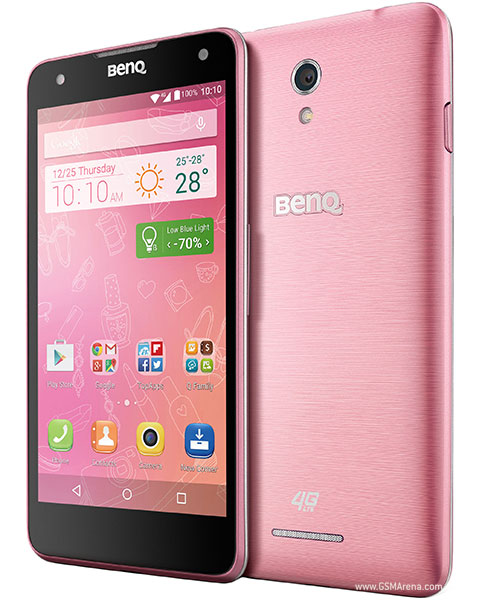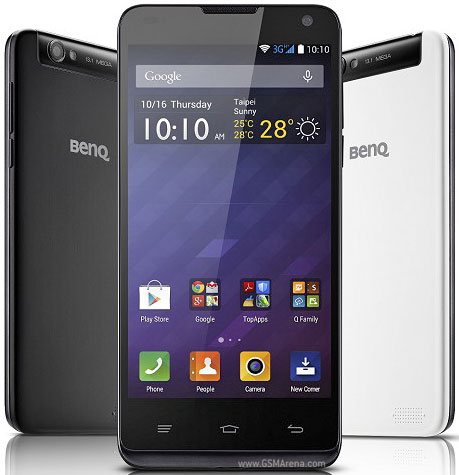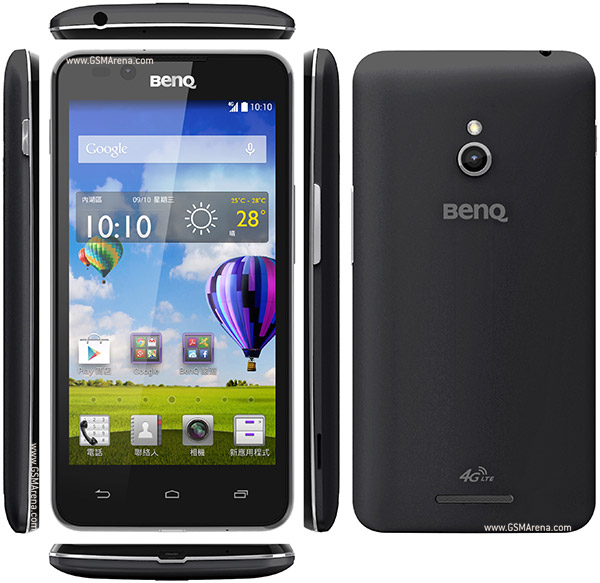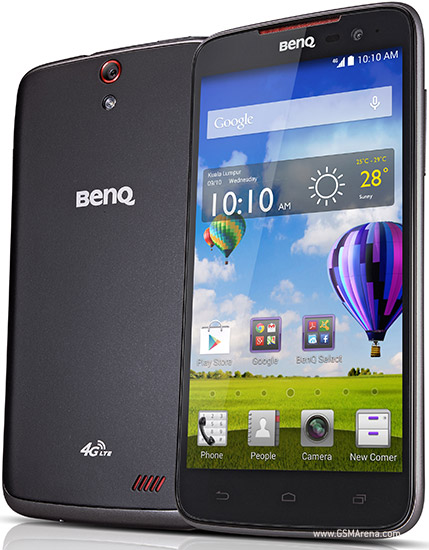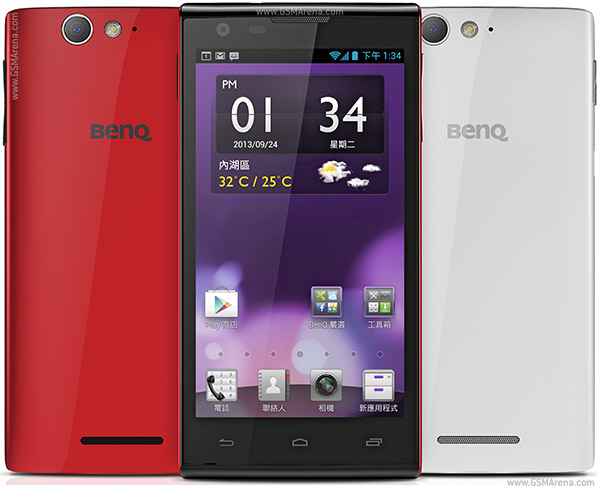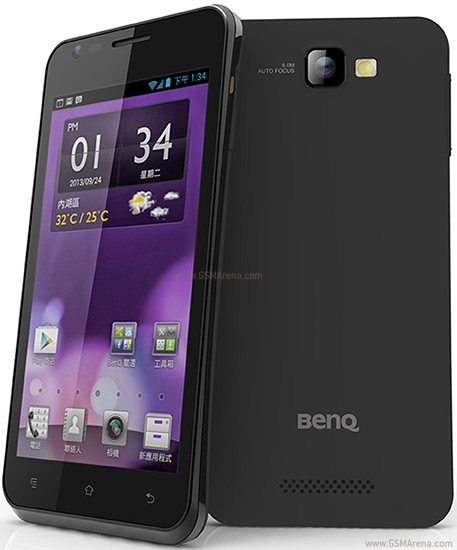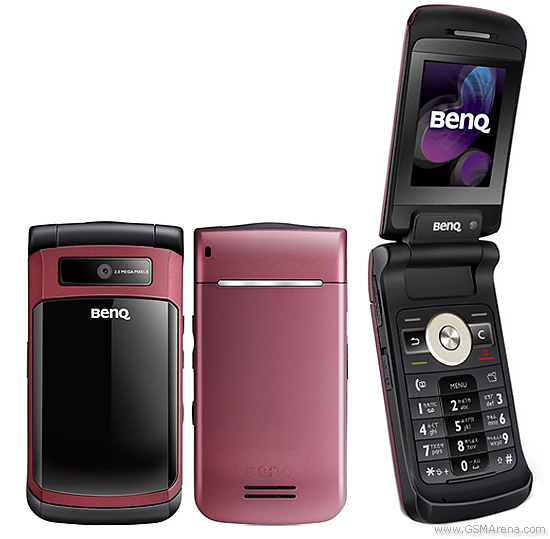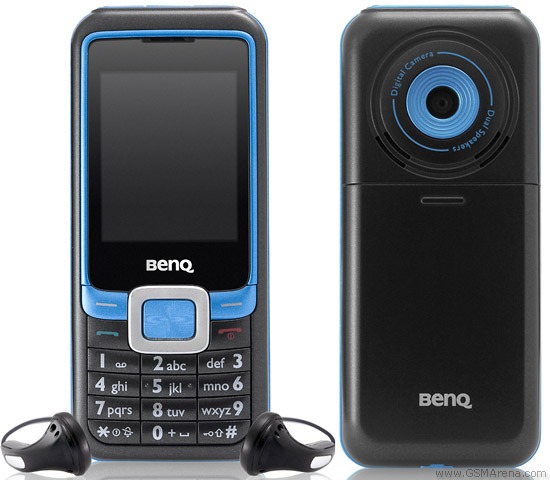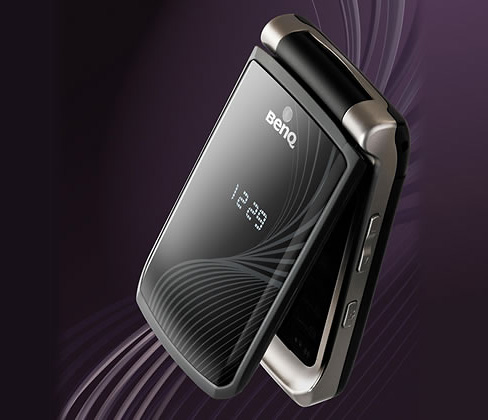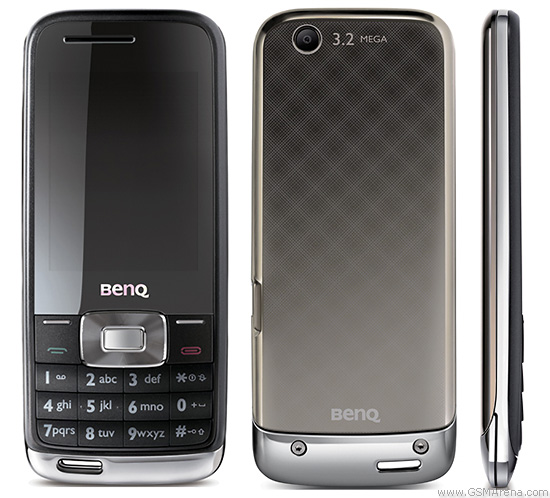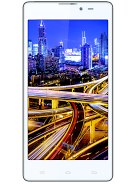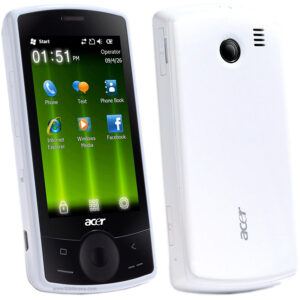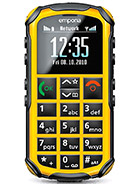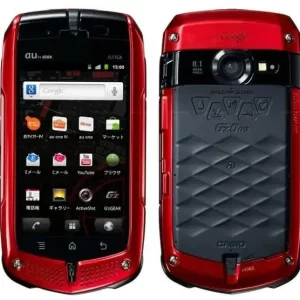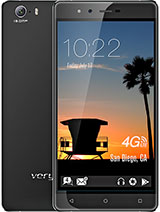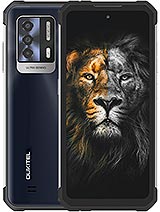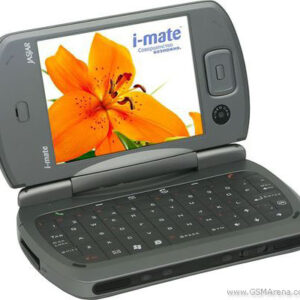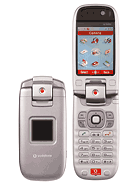BenQ M350 Overall Review
The BenQ M350, launched in Q2 2005, marks an era of mobile devices that focused on compactness and essential functionalities. It boasted a 1.5-inch CSTN display, a common choice for the time, offering a modest screen experience with 65K colors. The display’s resolution was 128 x 128 pixels, adequate for displaying basic information and simple images.
With a 740 mAh battery, the M350 aimed to provide users with enough power for daily tasks, reflecting the lower power consumption of simpler devices. Internal memory was extremely limited, typical of phones from this period, necessitating careful management of contacts, messages, and a small selection of ringtones.
The BenQ M350’s design was straightforward, with a focus on durability and ease of use. It lacked advanced features such as high-resolution cameras or expansive storage options, which were not yet standard in the mobile industry at its release. Instead, the M350 catered to users seeking a reliable device for communication and basic functions.
BenQ M350 Pros and Cons
Pros:
- Extremely compact and durable design, ideal for users seeking simplicity.
- The CSTN display provided a clear, albeit basic, visual experience for the time.
- Long battery life due to the modest power requirements of its features.
Cons:
- Very limited internal storage, with no options for expansion, restricting the number of contacts and messages that could be stored.
- Lacks modern features such as a camera, limiting its functionality compared to contemporary devices.
- The simple CSTN screen and low resolution may not appeal to users accustomed to modern displays.

